
Do you have a question about the Siemens Simatic S7-200 CPU 210 and is the answer not in the manual?
| Digital Inputs | 6 |
|---|---|
| Digital Outputs | 4 |
| Program Memory | 2 KB |
| Data Memory | 1 KB |
| Timers | 128 |
| Counters | 128 |
| Analog Inputs | 0 |
| Analog Outputs | 0 |
| Communication Ports | 1 x RS-485 |
| Power Supply | 24 V DC |
| Type | CPU |
Provides an overview of the CPU 210, its components, and system requirements for programming.
Details installation configurations, clearance requirements, and DIN rail dimensions.
Step-by-step instructions for mounting the CPU on a panel, DIN rail, or in a panel box.
General guidelines for wiring, including grounding, wire size, and surge suppression.
Discusses methods for protecting DC transistors and relays from voltage spikes.
Instructions for installing the software on different Windows versions and troubleshooting.
Steps for connecting the PC to the PDS 210 for communications.
How to specify programming environment preferences before creating a project.
Guides on creating new projects and saving them within the software.
Details on entering programs using the Ladder Editor or Statement List Editor.
Procedures for transferring programs to the PDS 210 and memory cartridge.
How to use symbolic names for addresses to improve program readability.
How to read and write variables in the program using the Status Chart.
Techniques for monitoring program execution using scans and status displays.
Classification of errors and how to respond to fatal and non-fatal errors.
Identifies inputs, outputs, and creates symbolic names for a home security system.
Explains the logic behind the sample program's operation and structure.
Shows how to arrange control logic into ladder or STL program code.
Steps to create a new project and select the CPU type.
Defines symbolic names for addresses to improve program readability.
Details on entering program code using the Ladder Editor or STL.
How to create a Status Chart to monitor program elements.
Steps to download the program and monitor its status.
Demonstrates how to enhance the sample program with new logic for LED patterns.
General guidelines for designing PLC systems, including planning steps.
Explains how programs relate to inputs/outputs and memory areas.
Details the cyclical process of input reading, program execution, and output writing.
Describes Statement List (STL) and Ladder programming languages.
Explains memory areas, addresses, and how to access data.
Demonstrates using hardware interrupts for high-speed counting with a sample program.
How to use the analog potentiometer to adjust values stored in special memory.
Lists valid operand ranges for accessing data in different memory areas.
Explains standard, Not, and transition contacts used in programming.
Describes output instructions like Set, Reset, and their usage.
Details timer instructions, including On-Delay timers and their updates.
Explains Up/Down counters and their operation with examples.
Describes instructions for incrementing/decrementing word values.
Explains the Move Word instruction for data transfer.
Covers END and Watchdog Reset instructions for program flow control.
Details And Load and Or Load instructions for logic stack operations.
Explains interrupt routines, enabling/disabling, and return instructions.
Provides national/international standards and environmental/operating specifications.
Detailed specifications for the DC power supply and I/O.
Detailed specifications for the AC power supply with DC inputs and relay outputs.
Detailed specifications for the AC power supply with AC inputs and relay outputs.
Specifications for the PDS 210 power supply, inputs, and outputs.
Physical dimensions and features of the 8K x 8 memory cartridge.
Physical dimensions and features of the 16K x 8 memory cartridge.
Specifications, pin-out, and dimensions of the PC/PPI cable.
Information about the DC Input Simulator used for testing.
Details status bits updated by the CPU, including clock pulses and flags.
Describes how SMW2 stores the analog potentiometer value.
Indicates reserved special memory words for future use.
Scan time information available through PDS 210 communication.
Lists non-fatal compile-rule errors and their descriptions.
Lists fatal error codes for the PDS 210 and system behavior.
Describes how the CPU 210 handles fatal errors and potential causes.
Step-by-step instructions for importing programs from Micro/DOS.
Details on file conversion, limitations, and data mapping.
Instructions for saving the imported and converted program files.
Lists execution times for various STL instructions based on condition.
Lists order numbers for CPUs and the PDS 210.
Lists order numbers for general accessories like memory cartridges and cables.
Lists order numbers for STEP 7-Micro/WIN software licenses and updates.
Lists order numbers for the S7-200 System Manual in different languages.
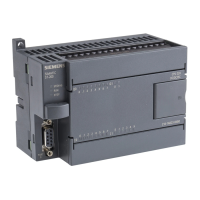

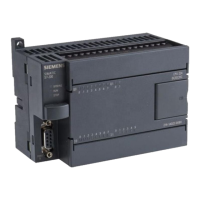

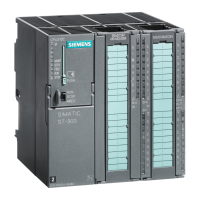

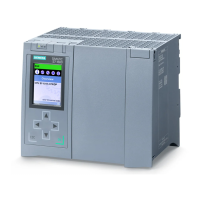
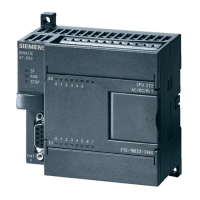
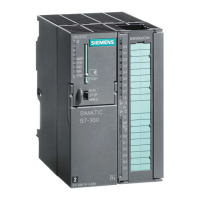


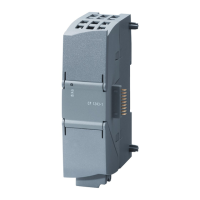
